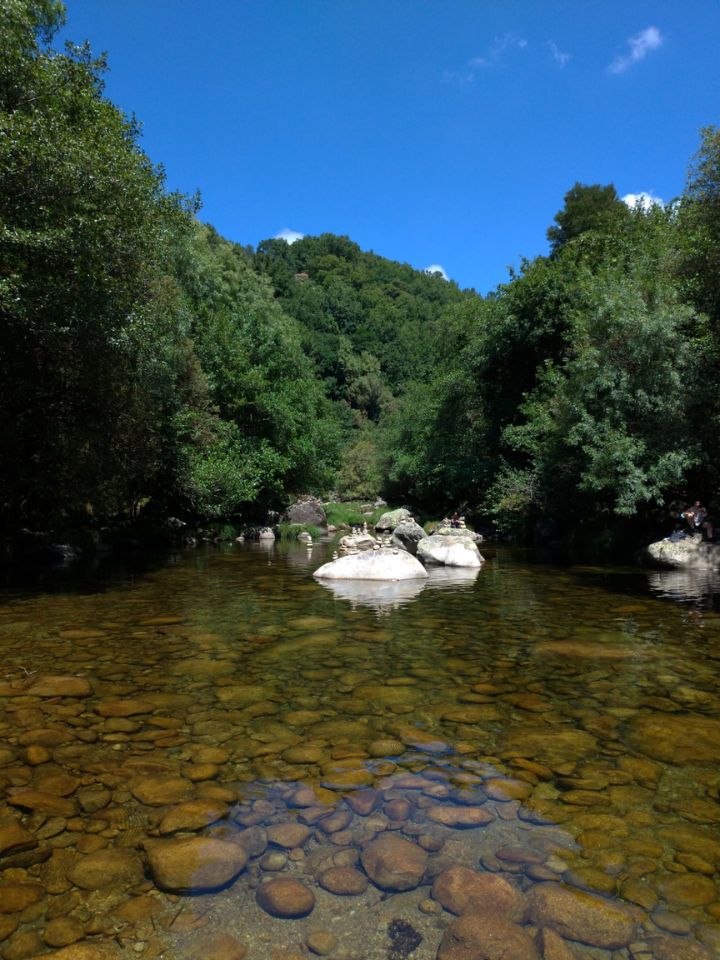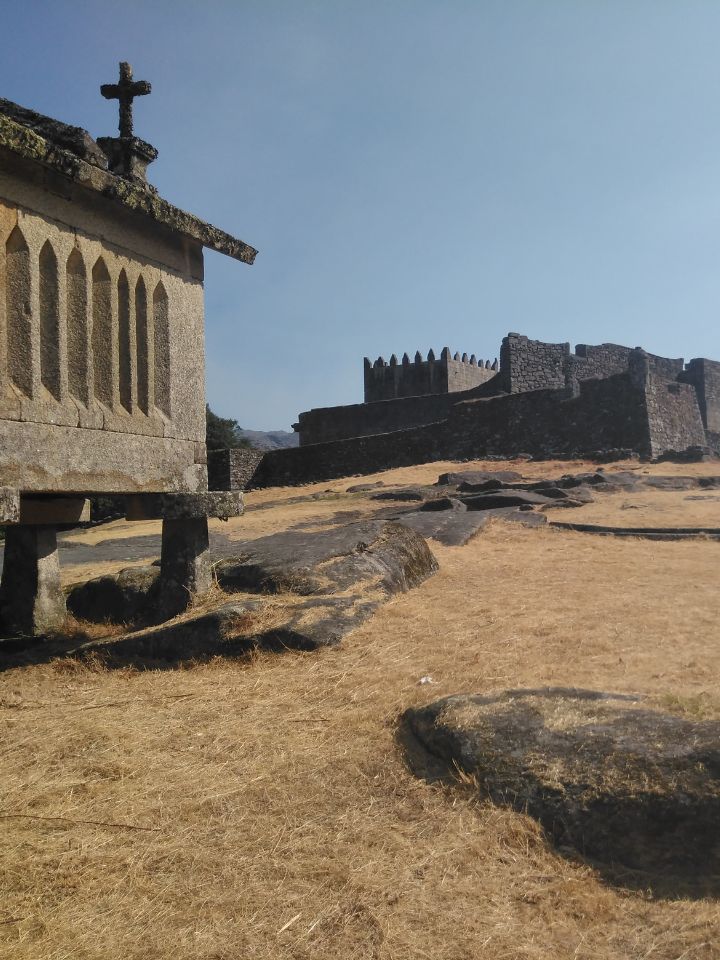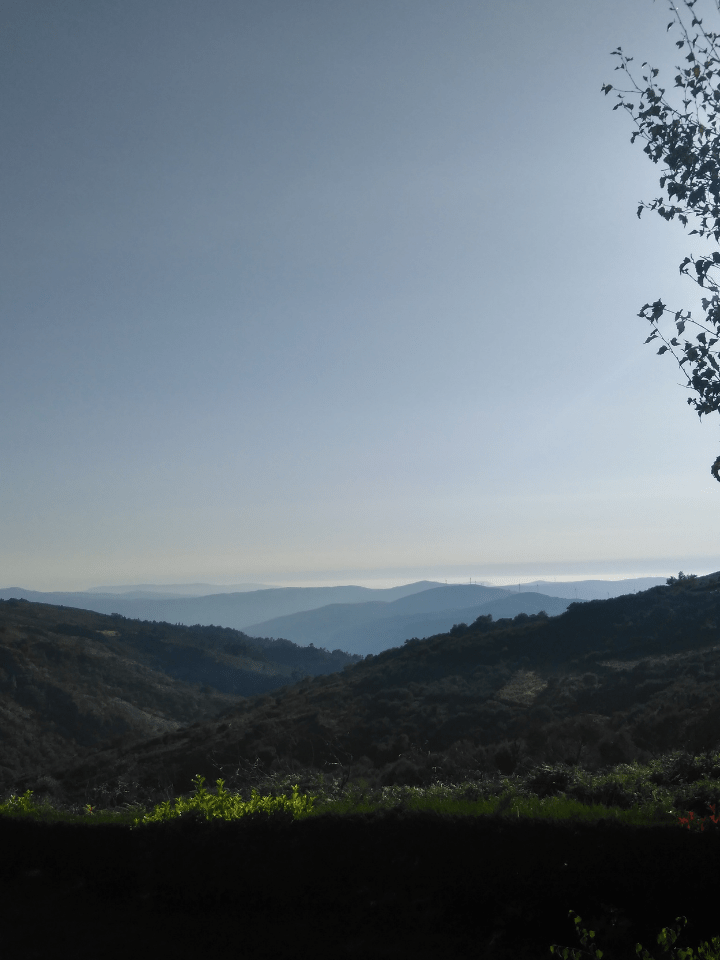Located in Serra da Peneda, Castro Laboreiro is a small village in the municipality of Melgaço, Viana do Castelo. This village was nominated for the 7 Wonders of Portugal: Villages, in the Remote Villages category. However, it lost the title to Piódão, the Christmas Crib Village of Portugal. Despite this, Castro Laboreiro continues to attract a large number of visitors.
Castro Laboreiro was a finalist in the 7 Wonders of Portugal Villages, in the Remote Villages category
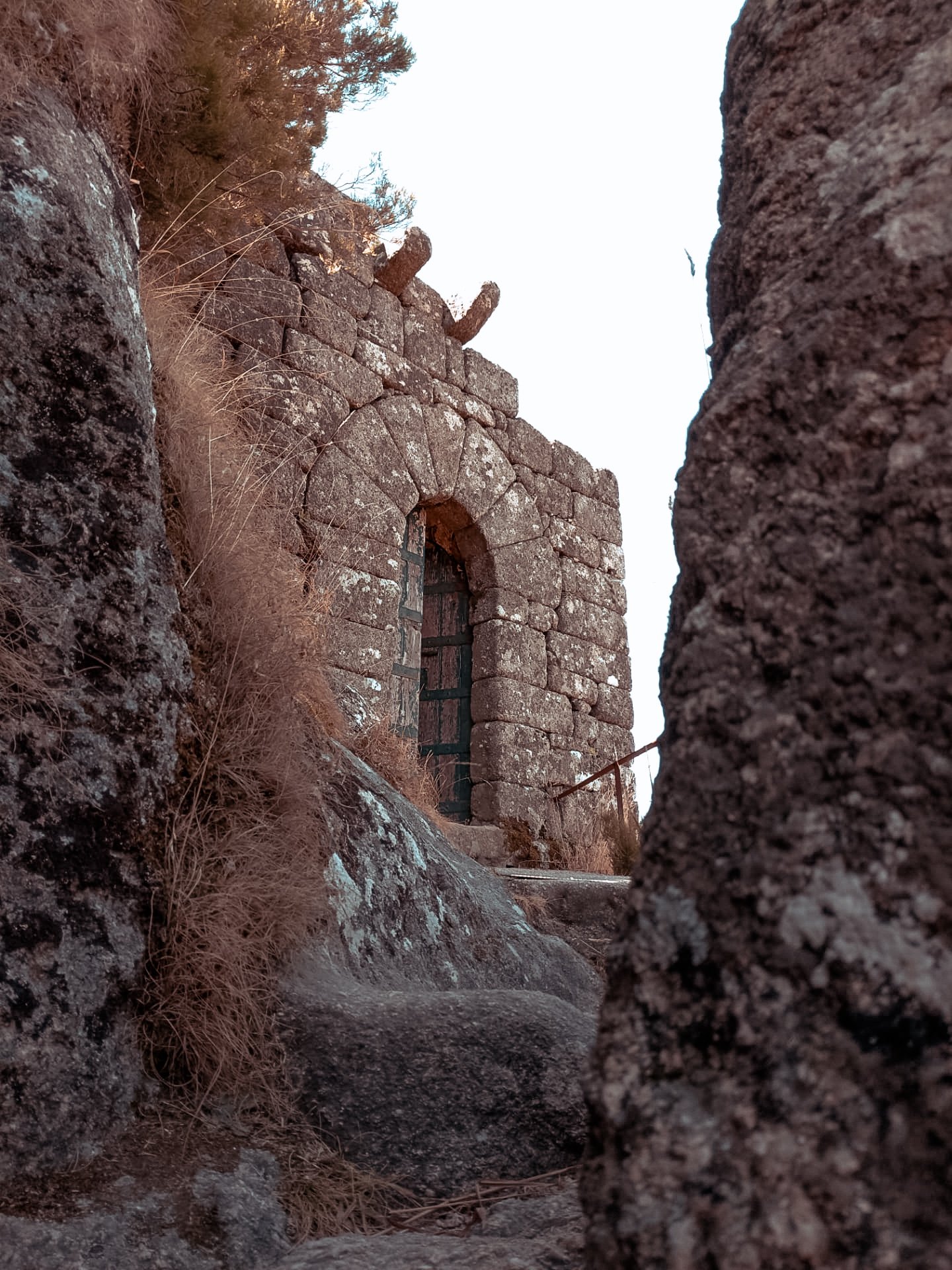
Mainly known for the typical breed of dogs of the region, which adopt the same name, Castro Laboreiro is a small and pleasant treasure in the middle of the mountains.
At the same time, Castro Laboreiro is part of the Portugal Villages project.
When we visited the village, we had not yet defined what to visit and, be warned, we did not have a celular network (in our case, Vodafone). So we ended up walking through the streets of the village on a completely new adventure.
Additionally, we were lucky enough to speak with a local person who gave us some tips and explained the local history, which makes this village so different from its surroundings.
This village is known for still having inhabitants who change houses depending on the time of year. As we have been told, the population moves to the brandas (at the top of the mountain) in the hottest seasons and, in the coldest seasons, they go to the inverneiras (in the valleys). At the time of our visit (2020), although it is no longer a very common practice, there were still six families practicing this lifestyle.
What to do in Castro Laboreiro?
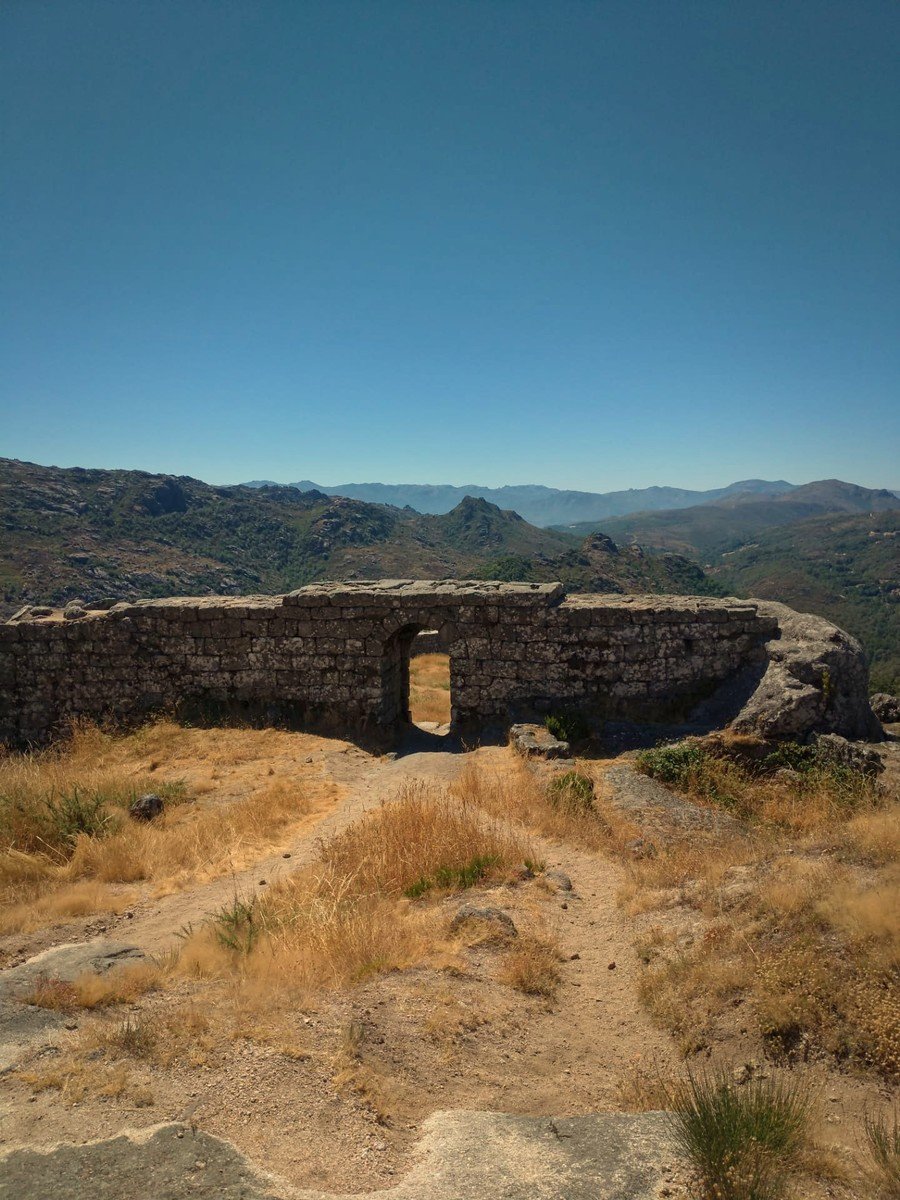
The first place to be highlighted is, without a doubt, the Castro Laboreiro Castle. Located on top of the mountains, it is only visible in the middle of the landscape for those looking for it.
To get there, it is necessary to follow a trail through a (well signposted) climb of about 850 meters. This leads directly to the wreckage of the Castle.
Although the route to the Castle appears to be easy due to its length, bear in mind that it is a extremely steep and uncertain terrain. That said, the physically tiring climb is completely compensated for by the view we have from the top of the castle.
Regarding its history, it is known that it was built by D. Dinis, although there was already an older building there that served as a foundation. As we were told in the Museum, this would have been a military castle, destroyed when a storm caused lightning that caused one of the towers to explode.
Currently, we only find the remains of what used to be the walls of this Castle, practically dominated by nature.
the castle of castro laboreiro is in ruins, after a storm that led to an explosion
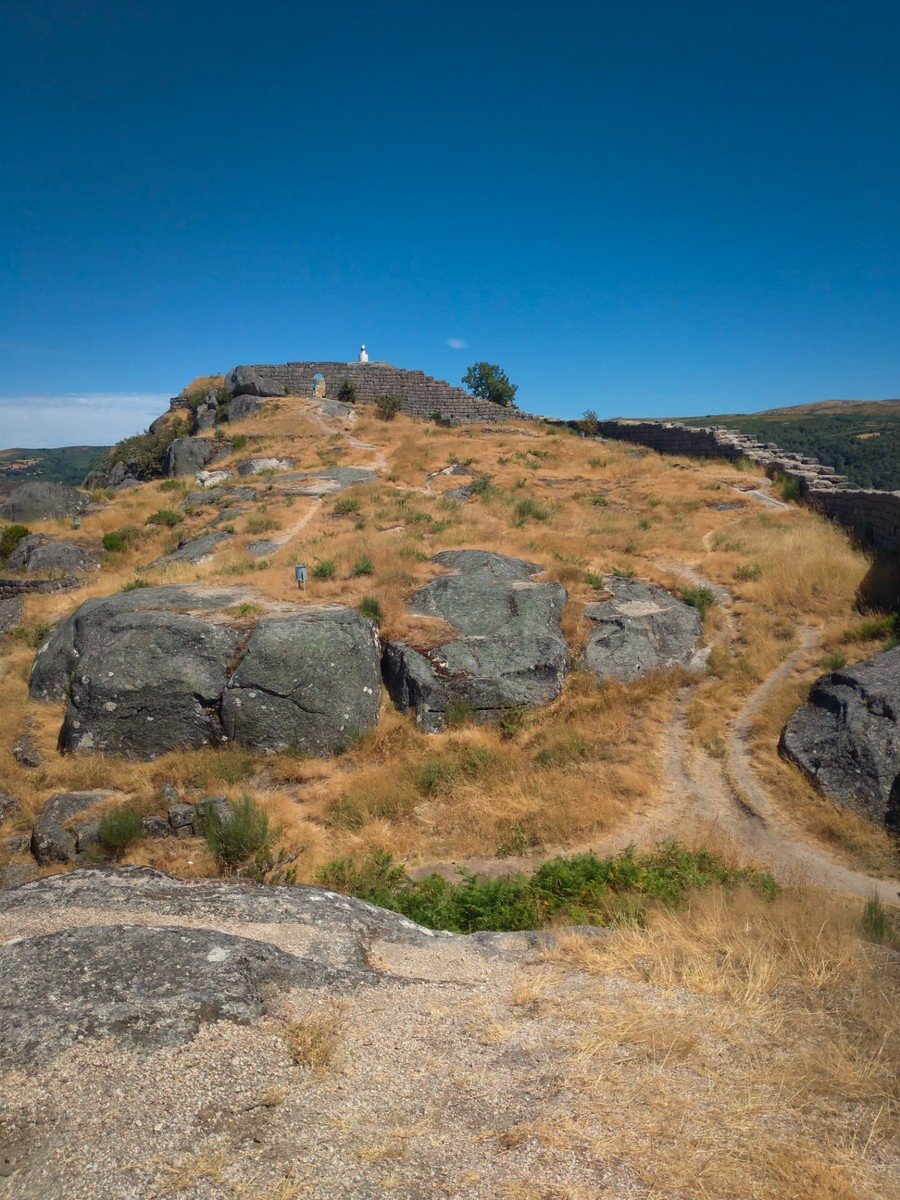
Returning to the village, we followed to the right until we find the Castro Laboreiro Old Bridge, one of the oldest in the region, and the Laboreiro Waterfall.
Then we went to visit the Castro Laboreiro Museum, called the Museum Nucleus, currently located in an old chocolate factory.
Being a small museum, the price is only symbolic (€1 for students and €2 for adults, in 2020). You can find the updated price and schedule at Museum website hereHere we get to know a little about the history of the region, including machinery from the old factory that used to exist here.
We also saw the inside of a typical house and a little of the history about brandas and inverneiras. We were lucky to have an amazing guide who even offered us a map and showed us the way to other areas not to be missed.
In addition, we recommend walking through the streets of the village, where we find, among others, the Mother Church and Pelourinho.
After leaving the Museum Center, we drove about 3km to the New Bridge, or Cava da Velha Bridge, a single arch bridge over the river, where we found several people diving.
Also in this area are the Assureira Bridge and Mills. However, our visit ended before we met them, after the encounter with a snake that left one of us (🙋🏻♀️) eager to leave.
Afterwards, you can also visit the Bridges Village (Aldeia das Pontes) which worked for many years as an Inverneira. We, however, did not have the chance to visit it – here the lack of a cell phone network had a strong influence, as we could not truly understand where it was located. Once again, keep in mind that this can happen to you, depending on the operator, so we recommend downloading maps for offline consultation. There is currently a rural tourism business in this village, so if you want to stay overnight in the region, this is a place to consider.
Where to Eat in Castro Laboreiro?
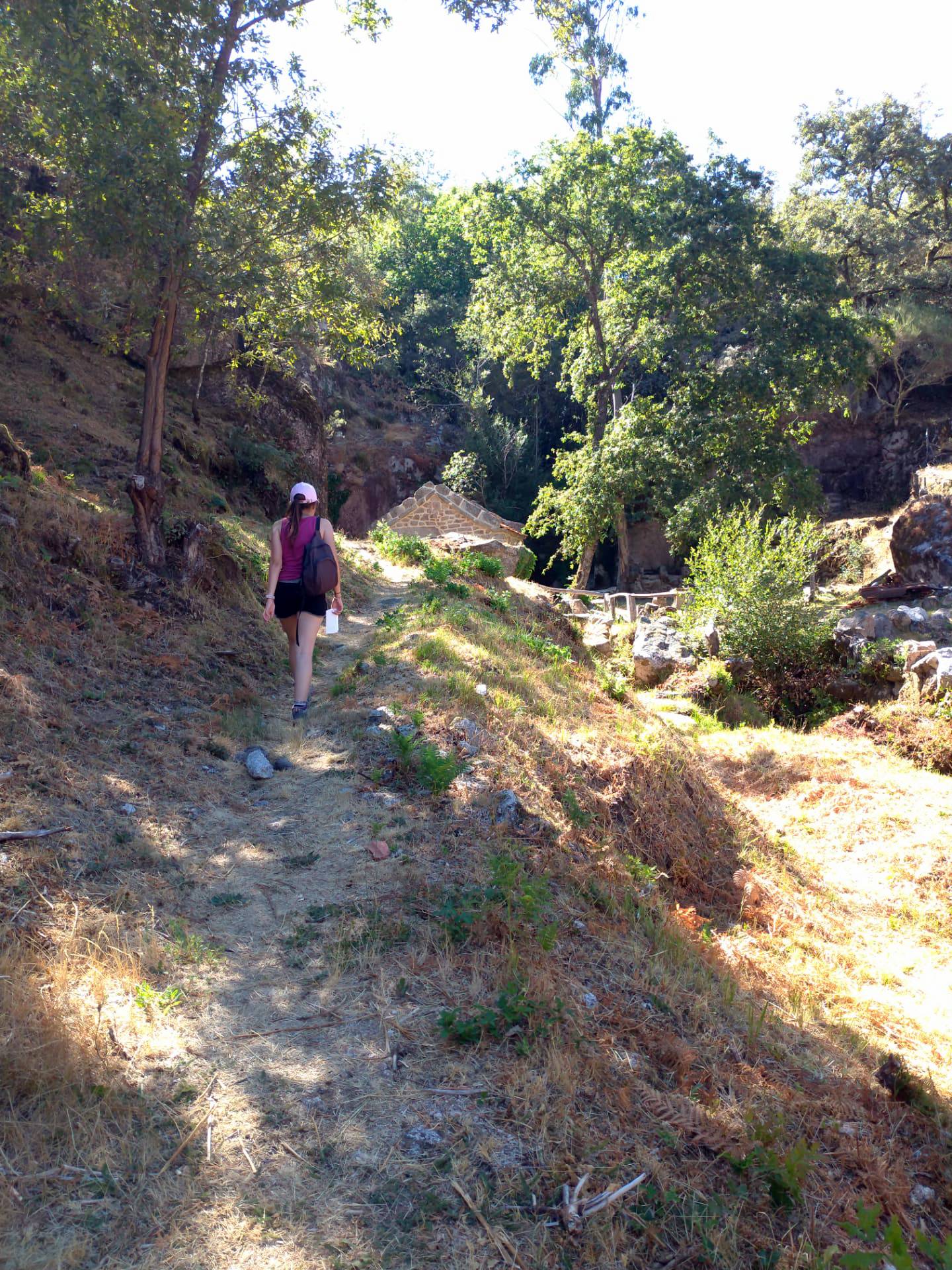
When we decided to visit this village, one of our fears was exactly where to eat. However, and among the various villages we have already visited, Castro Laboreiro is, without a doubt, one which has the most offer and where we are best served.
In the main atrium of the village, where we parked the car, we find two different restaurants. They are the Hotel Miracastro Restaurant and Miradouro do Castelo Restaurant.
We chose (randomly) to eat in the latter, where, as the name implies, we had a view over the castle while enjoying an excellent cod with bread.
Additionally, there are two cafes. The A Castrejinha, which also works as a mini-market (where you can get water on the hottest days) and where we were always well served and treated.
There is also the Alto Minho Caffe, slightly further away from the central area of the village, but easily reached on foot. Therefore, the lack of places to stock up will not be a problem.
how to get there and where to park?
Despite having been named the remote village, Castro Laboreiro is easily accessible by main roads and in good condition. There is therefore no difficulty in this regard.
For example, in our case where we were guided by GPS, it was able to indicate the way without any difficulty or mistake.
Regarding the parking, don't be frightened by the first impression of few places. Once you enter a road that runs through the village, you can easily find several available spots.
The main parking places are between the two aforementioned restaurants and cafe, where there is also a viewpoint. There are also several parking spaces on the street of A Castrejinha Caffe.
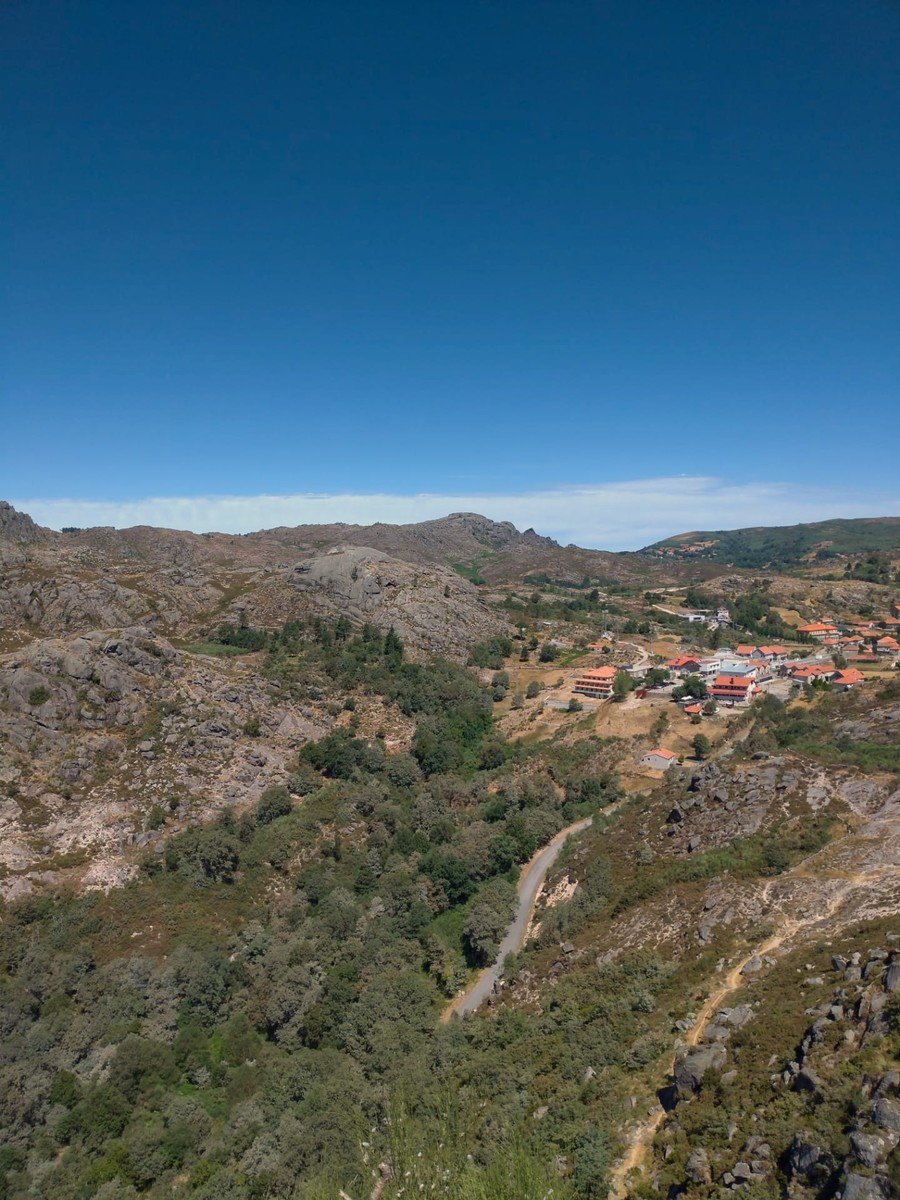
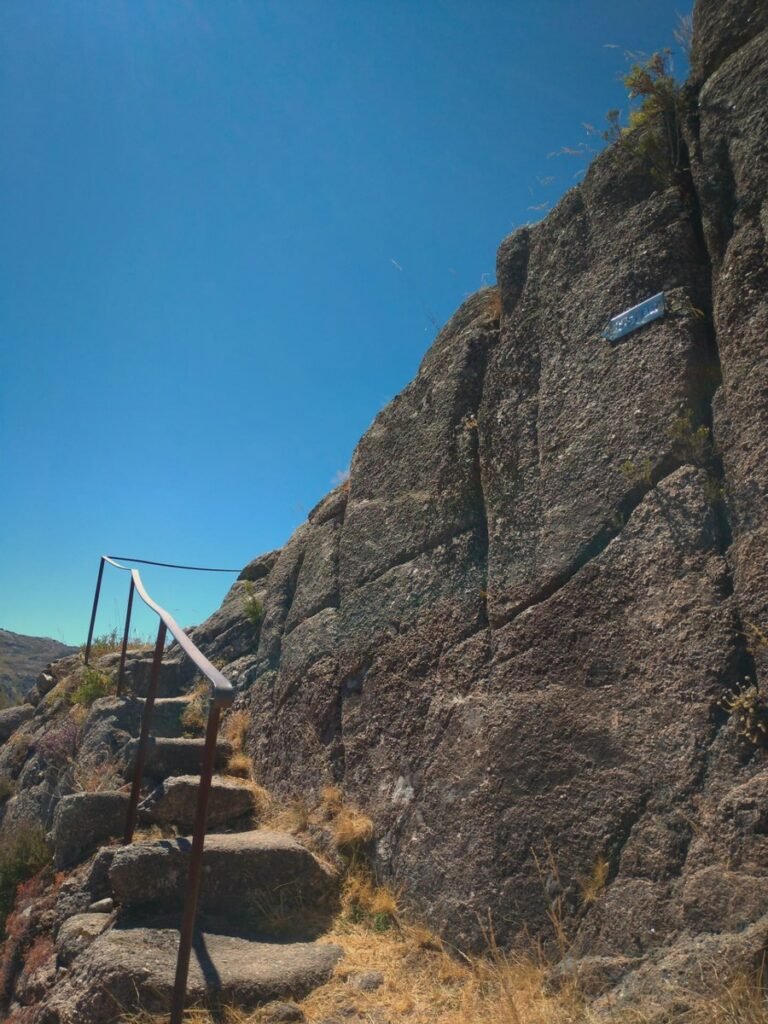
Despite being a small village, Castro Laboreiro is the ideal place to visit. Additionally, and if you have time, make sure you visit the various bridges, villages and waterfalls in the surroundings,.

